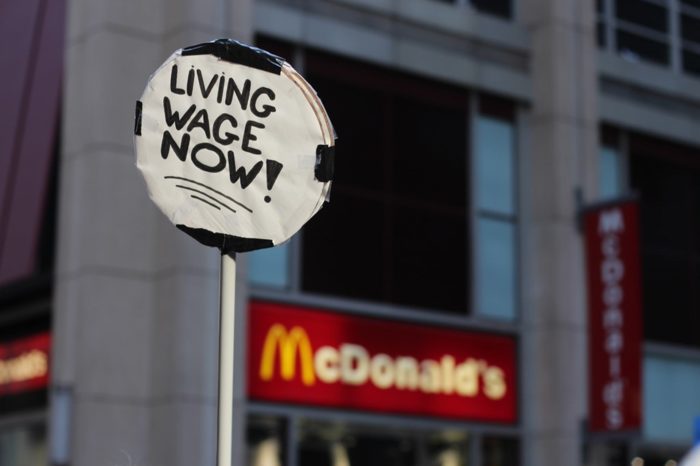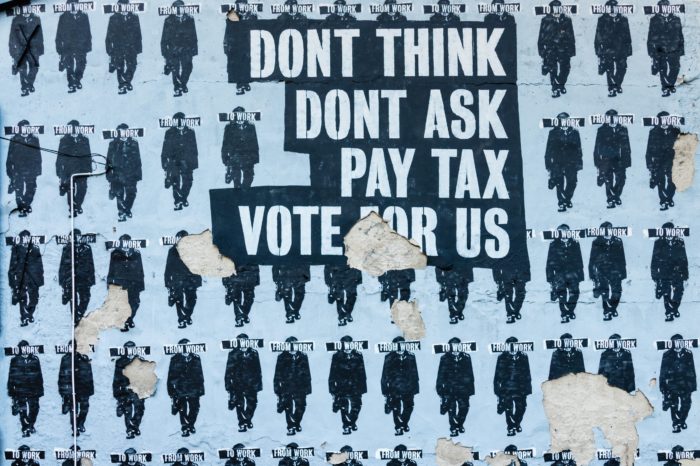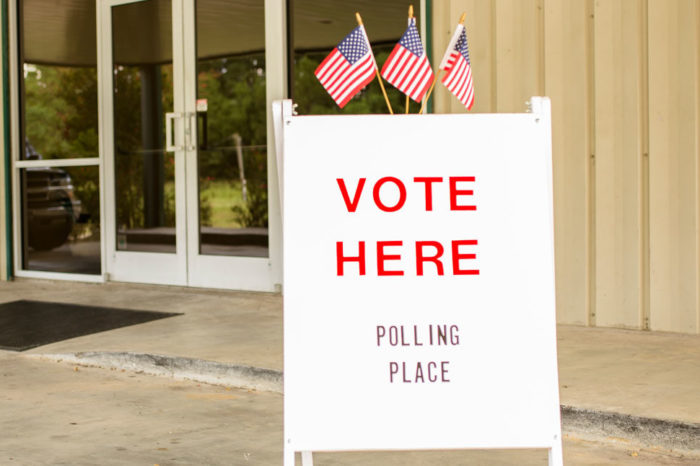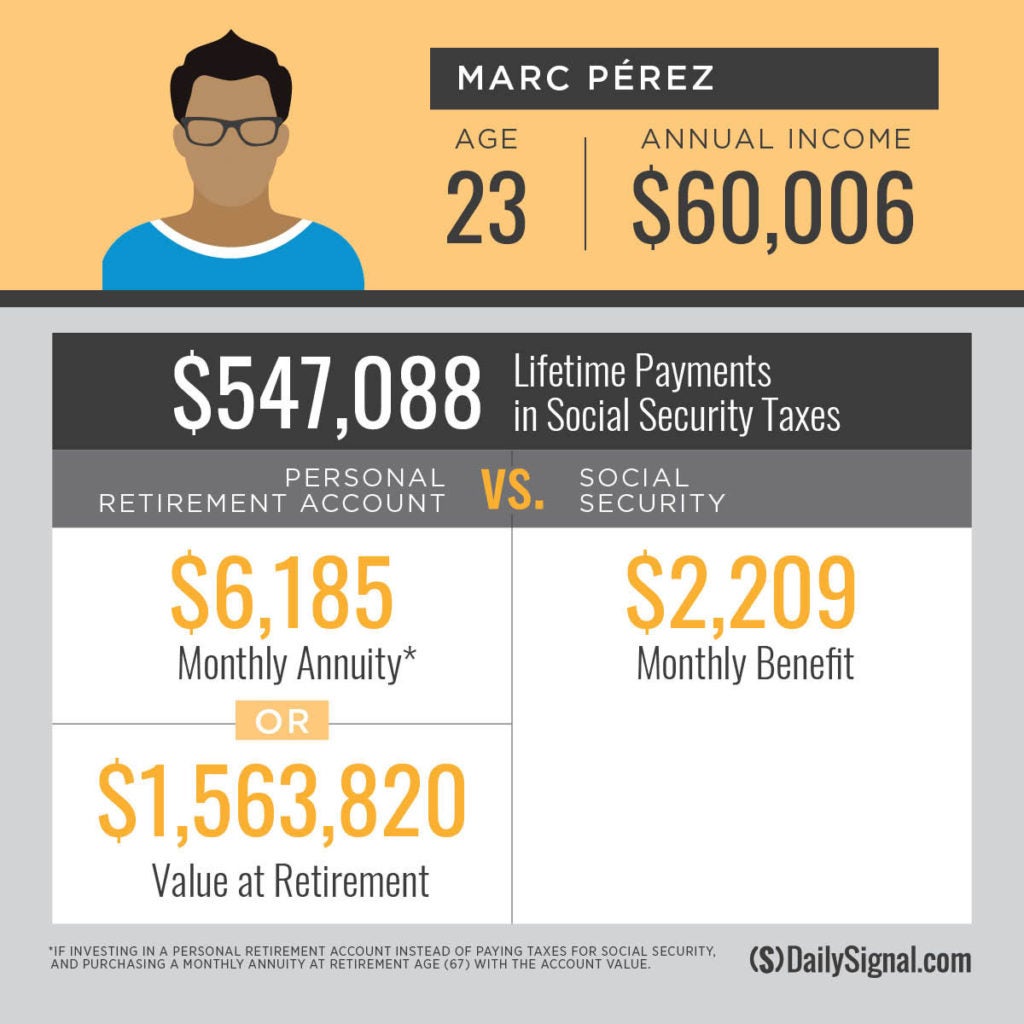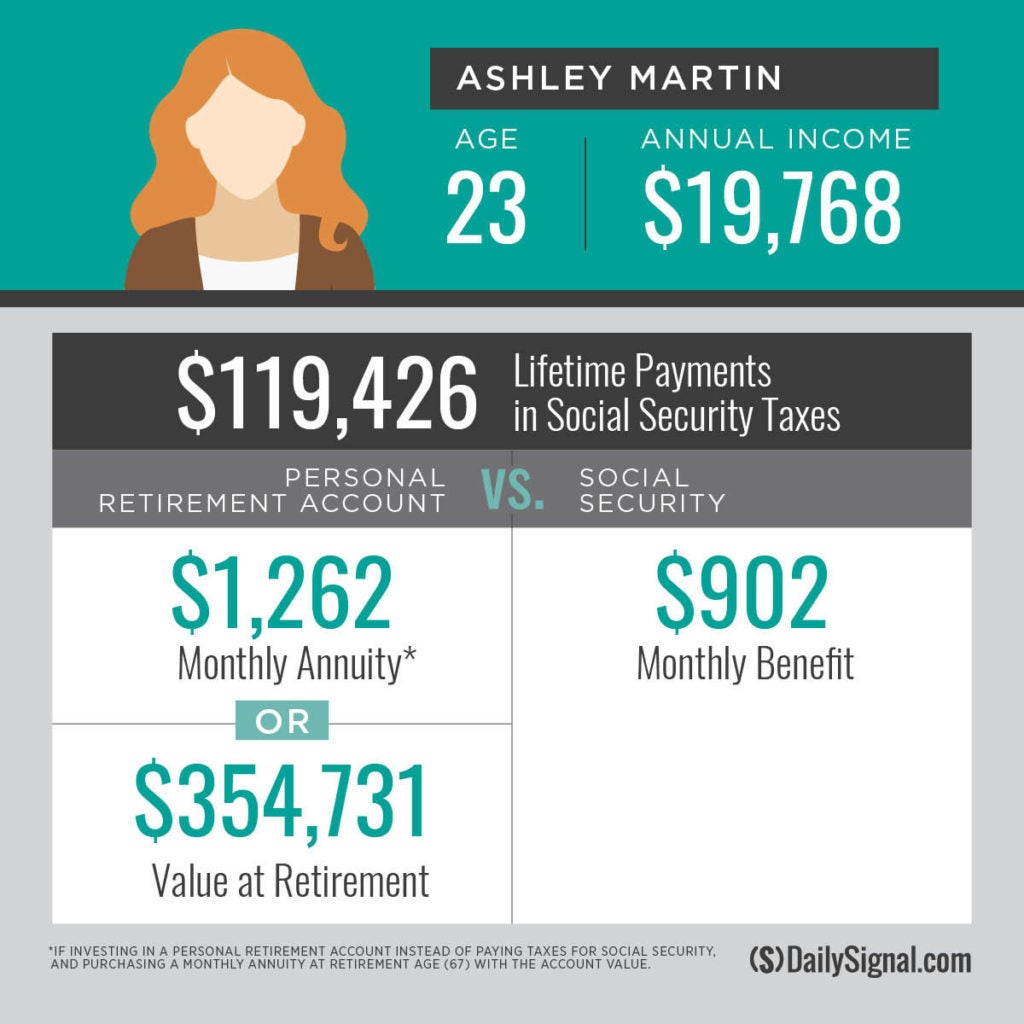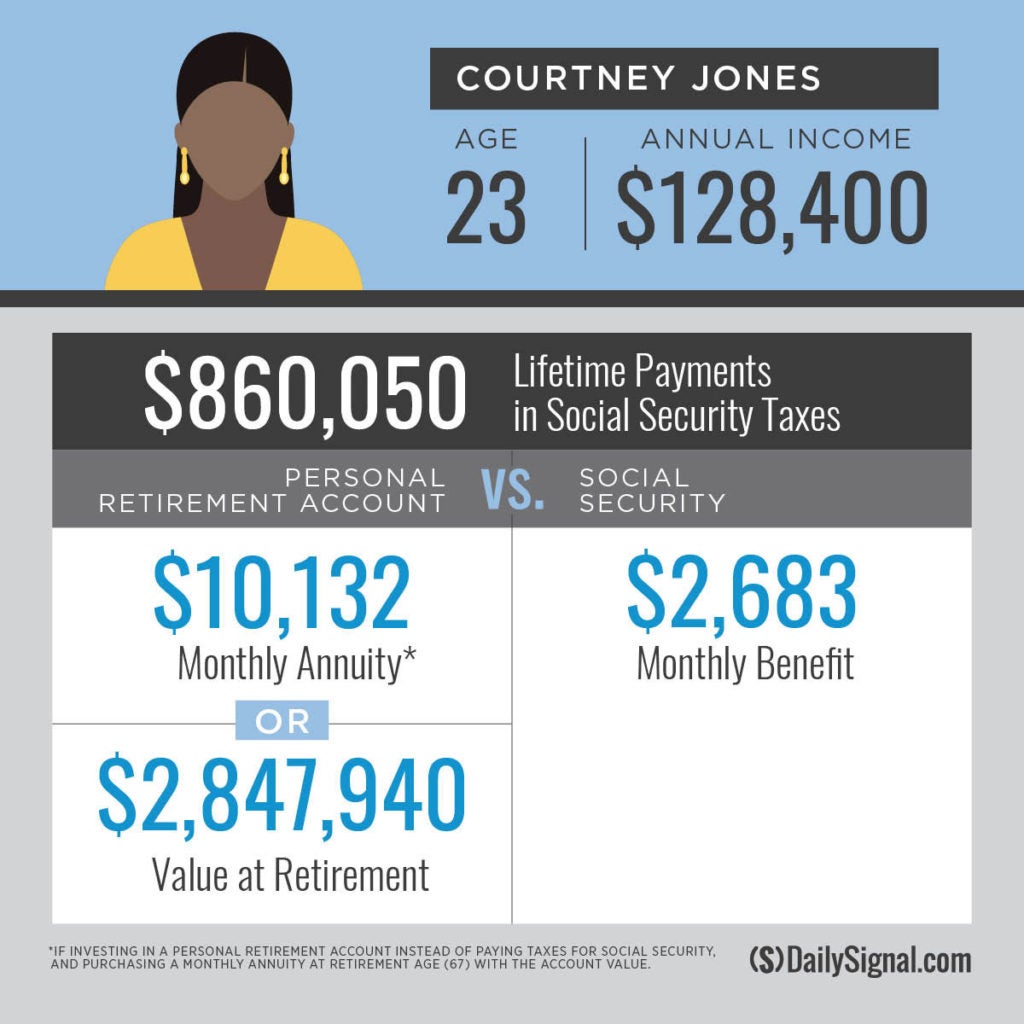Governor Scott Extends & Enhances Midterm Election Ballots in areas affected by Hurricane Michael
Today, the Governor issued Executive Order 18-283 which gives Supervisors of Elections in Bay, Calhoun, Franklin, Gadsden, Gulf, Jackson, Liberty, and Washington counties the authority to extend and enhance voting options based on needs and challenges they have identified, including:
- Locally-elected supervisors of elections in the impacted counties are now able to extend the amount of days of early voting, designate additional early voting locations and expedite the delivery and acceptance of vote-by-mail ballots. Each of these locally-elected supervisors of elections have reported significant obstacles created by Hurricane Michael preventing them from administering an election without these accommodations. These obstacles include, but are not limited to, damage to polling locations, extended telecommunications service disruptions, and large percentages of the counties’ population without power. Supervisors of Elections have not reported any damage to voting machines and all election-related equipment, including ballots, are secure.
- The locally-elected Supervisors of Elections in the eight affected counties will be able to determine if additional early voting sites and days are necessary. The early voting period in the affected counties can begin as early as Monday, October 22, 2018, and can extend through election day November 6, 2018.
- The Executive Order extends the registration date for poll watchers to noon on October 26, 2018.
- Executive Order 18-283 directs Secretary Detzner to coordinate with each supervisor of elections in Florida to ensure that Florida National Guard troops, first responders, law enforcement, volunteers, and utility power restoration workers engaged in the recovery efforts in the Panhandle and anyone who evacuated from the storm can cast a ballot.
- The restriction on vote-by-mail ballots being forwarded to a different address has been waived. This will help displaced voters to cast a ballot. The Executive Order also waives provisions so voters in the affected counties can more easily obtain vote-by-mail ballots.
READ THE FULL EXECUTIVE ORDER BY CLICKING HERE.
Republican Party of Florida Chairman Blaise Ingoglia issued the following statement today on Governor Rick Scott’s Executive Order to extend and enhance voting options in counties impacted by Hurricane Michael.
“We applaud Governor Scott’s Administration on an Executive Order that embraces a thoughtful, comprehensive and targeted solution. It is of the upmost importance that while we are rebuilding communities in the Panhandle, we are also allowing sufficient access to the polls this election cycle. The RPOF commends Gov. Scott and his Administration for enhancing voting options during this trying time, and for enacting an order that empowers more local input,” said RPOF Chairman Blaise Ingoglia.
RELATED ARTICLE: Texas Dems ask noncitizens to register to vote, send applications with citizenship box pre-checked










